Forums
- Forums
- Duggy's Reference Hangar
- RAF Library
- British P-38's
British P-38's
Post a reply
- Go to Previous topic
- Go to Next topic
- Go to Welcome
- Go to Introduce Yourself
- Go to General Discussion
- Go to Screenshots, Images and Videos
- Go to Off topic
- Go to Works in Progress
- Go to Skinning Tips / Tutorials
- Go to Skin Requests
- Go to IJAAF Library
- Go to Luftwaffe Library
- Go to RAF Library
- Go to USAAF / USN Library
- Go to Misc Library
- Go to The Ops Room
- Go to Made in Germany
- Go to Campaigns and Missions
- Go to Works in Progress
- Go to Juri's Air-Raid Shelter
- Go to Campaigns and Missions
- Go to Works in Progress
- Go to Skinpacks
- Go to External Projects Discussion
- Go to Books & Resources
-
13 years agoFri Mar 11 2022, 12:36pmDuggy
 Main AdminIn March 1940, the French and the British ordered a total of 667 P-38s for US$100M, designated Model 322F for the French and Model 322B for the British. The aircraft would be a variant of the P-38E. The overseas Allies wished for complete commonality of Allison engines with the large numbers of Curtiss P-40 Tomahawks both nations had on order, and thus ordered for the Model 322 twin right-handed engines instead of counter-rotating ones, and without turbo-superchargers. After the fall of France in June 1940, the British took over the entire order and christened the plane "Lightning". By June 1941, the War Ministry had cause to reconsider their earlier aircraft specifications, based on experience gathered in the Battle of Britain and The Blitz. British displeasure with the Lockheed order came to the fore in July, and on 5 August 1941 they modified the contract such that 143 aircraft would be delivered as previously ordered, to be known as "Lightning (Mark) I", and 524 would be upgraded to US-standard P-38E specifications, to be called "Lightning II" for British service. Later that summer, an RAF test pilot reported back from Burbank with a poor assessment of the 'tail flutter' situation, bringing the British to cancel all but three of the 143 Lightning Is. Because a loss of approximately US$15M was involved, Lockheed reviewed their contracts and decided to hold the British to the original order. Negotiations grew bitter and stalled. Everything changed after December 7, 1941 when the United States government seized some 40 of the Model 322s for West Coast defense, subsequently all British Lightnings were delivered to the USAAF starting in January 1942. The USAAF loaned the RAF three of the aircraft which were delivered by sea in March 1942 and were test flown no earlier than May at Swaythling, Boscombe Down and Farnborough. These three were subsequently returned to the USAAF; one in December 1942 and the others in July 1943. Of the remaining 140 Lightning Is, 19 were not modified and were designated the USAAF as RP-322-I ('R' for 'Restricted', because non-counter-rotating props were considered more dangerous at takeoff), while 121 were converted to non-turbo-supercharged counter-rotating V-1710F-2 engines and were designated P-322-II. All 121 were used as advanced trainers; a few were still serving that role in 1945. A few RP-322s were later used as test modification platforms such as for smoke-laying canisters. The RP-322 was a fairly fast aircraft under 16,000 ft (4,900 m) and well-behaved as a trainer. Some of the fastest post-war racing P-38s were virtually identical in layout to the P-322-II.
Main AdminIn March 1940, the French and the British ordered a total of 667 P-38s for US$100M, designated Model 322F for the French and Model 322B for the British. The aircraft would be a variant of the P-38E. The overseas Allies wished for complete commonality of Allison engines with the large numbers of Curtiss P-40 Tomahawks both nations had on order, and thus ordered for the Model 322 twin right-handed engines instead of counter-rotating ones, and without turbo-superchargers. After the fall of France in June 1940, the British took over the entire order and christened the plane "Lightning". By June 1941, the War Ministry had cause to reconsider their earlier aircraft specifications, based on experience gathered in the Battle of Britain and The Blitz. British displeasure with the Lockheed order came to the fore in July, and on 5 August 1941 they modified the contract such that 143 aircraft would be delivered as previously ordered, to be known as "Lightning (Mark) I", and 524 would be upgraded to US-standard P-38E specifications, to be called "Lightning II" for British service. Later that summer, an RAF test pilot reported back from Burbank with a poor assessment of the 'tail flutter' situation, bringing the British to cancel all but three of the 143 Lightning Is. Because a loss of approximately US$15M was involved, Lockheed reviewed their contracts and decided to hold the British to the original order. Negotiations grew bitter and stalled. Everything changed after December 7, 1941 when the United States government seized some 40 of the Model 322s for West Coast defense, subsequently all British Lightnings were delivered to the USAAF starting in January 1942. The USAAF loaned the RAF three of the aircraft which were delivered by sea in March 1942 and were test flown no earlier than May at Swaythling, Boscombe Down and Farnborough. These three were subsequently returned to the USAAF; one in December 1942 and the others in July 1943. Of the remaining 140 Lightning Is, 19 were not modified and were designated the USAAF as RP-322-I ('R' for 'Restricted', because non-counter-rotating props were considered more dangerous at takeoff), while 121 were converted to non-turbo-supercharged counter-rotating V-1710F-2 engines and were designated P-322-II. All 121 were used as advanced trainers; a few were still serving that role in 1945. A few RP-322s were later used as test modification platforms such as for smoke-laying canisters. The RP-322 was a fairly fast aircraft under 16,000 ft (4,900 m) and well-behaved as a trainer. Some of the fastest post-war racing P-38s were virtually identical in layout to the P-322-II.
One positive result of the failed British/French order was to give the aircraft its name. Lockheed had originally dubbed the aircraft Atalanta in the company tradition of naming planes after mythological and celestial figures, but the RAF name won out.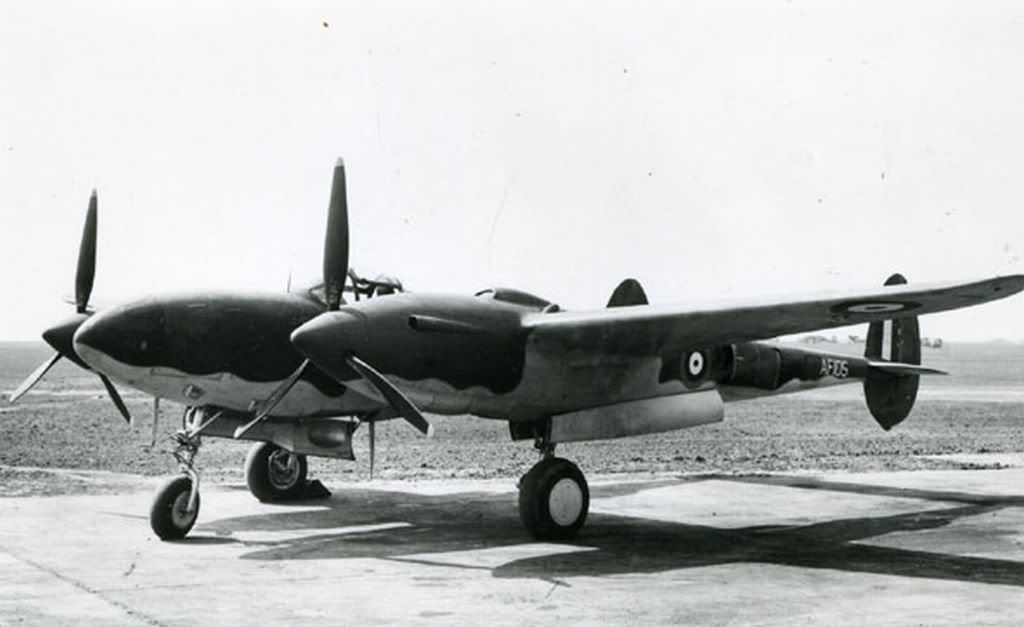
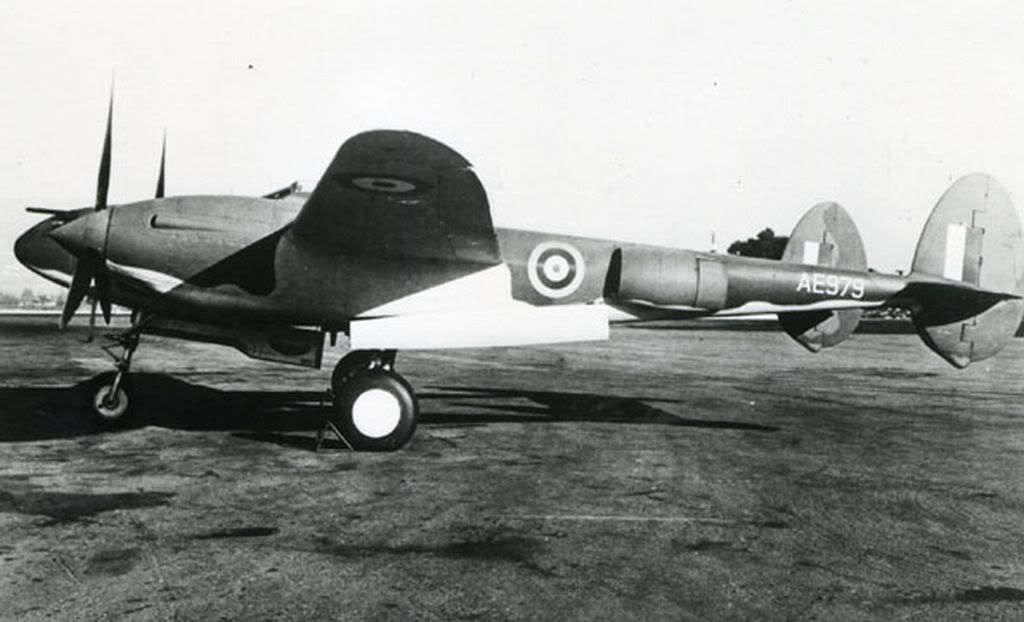

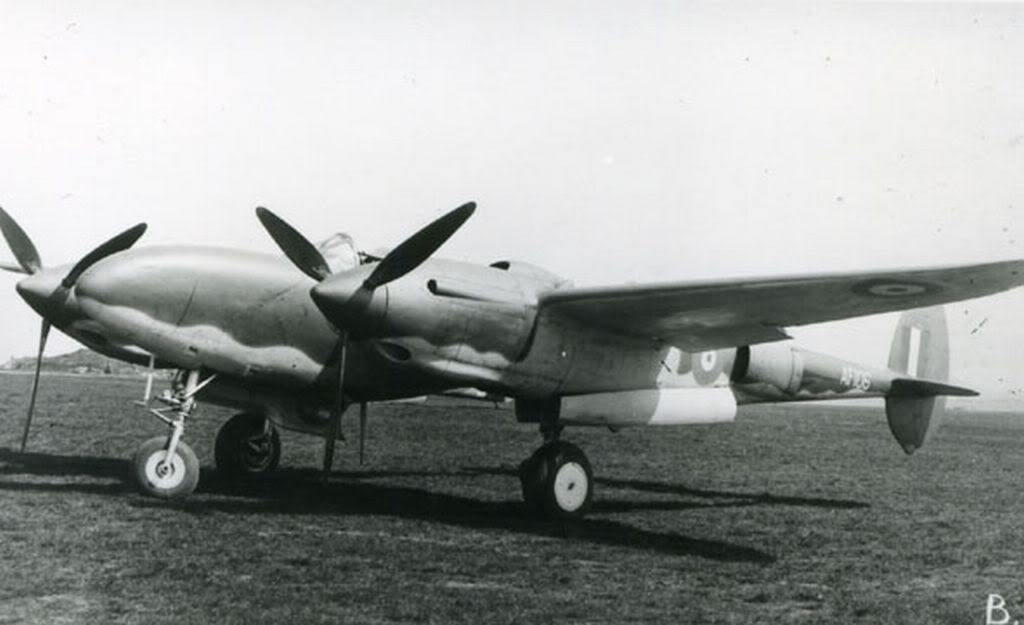
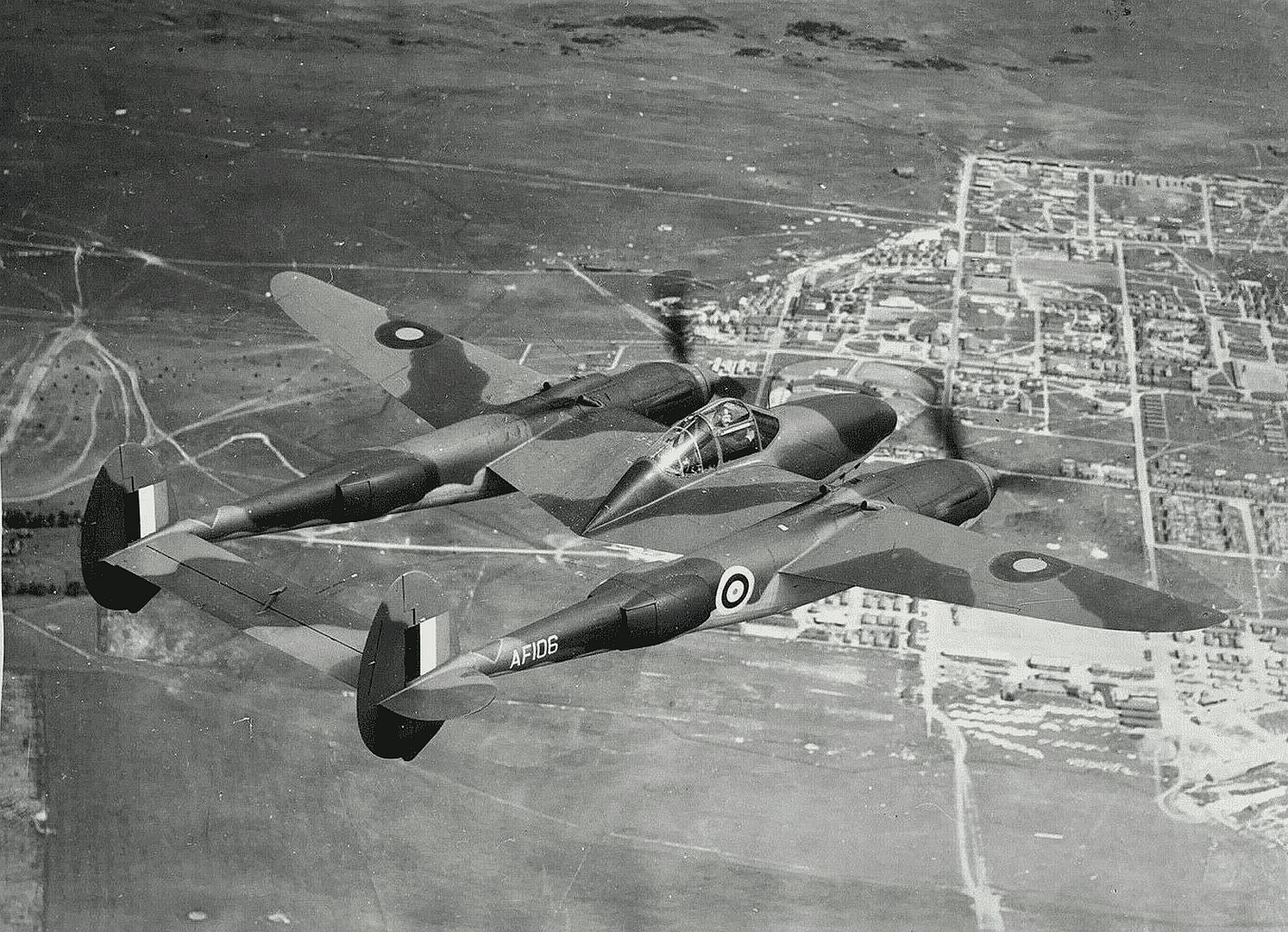


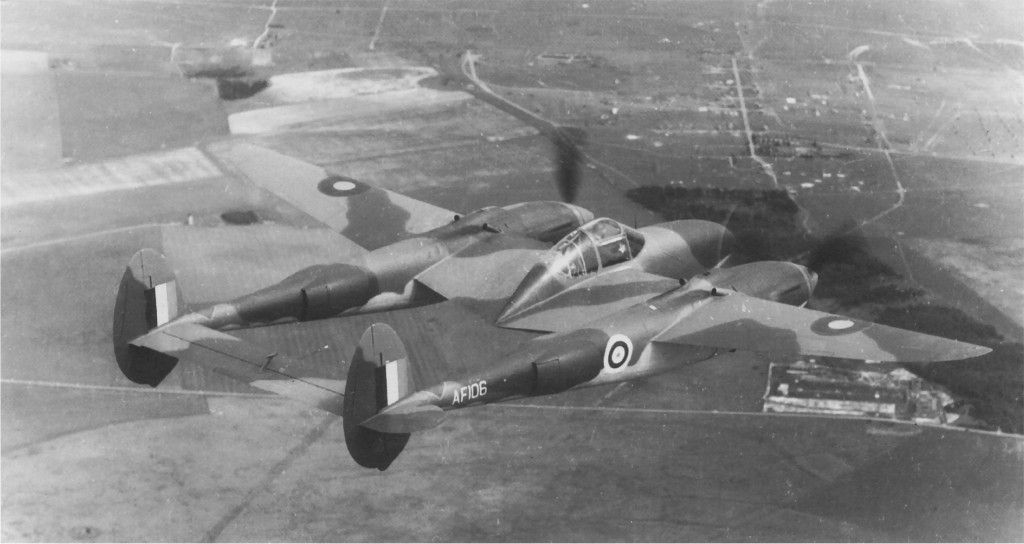
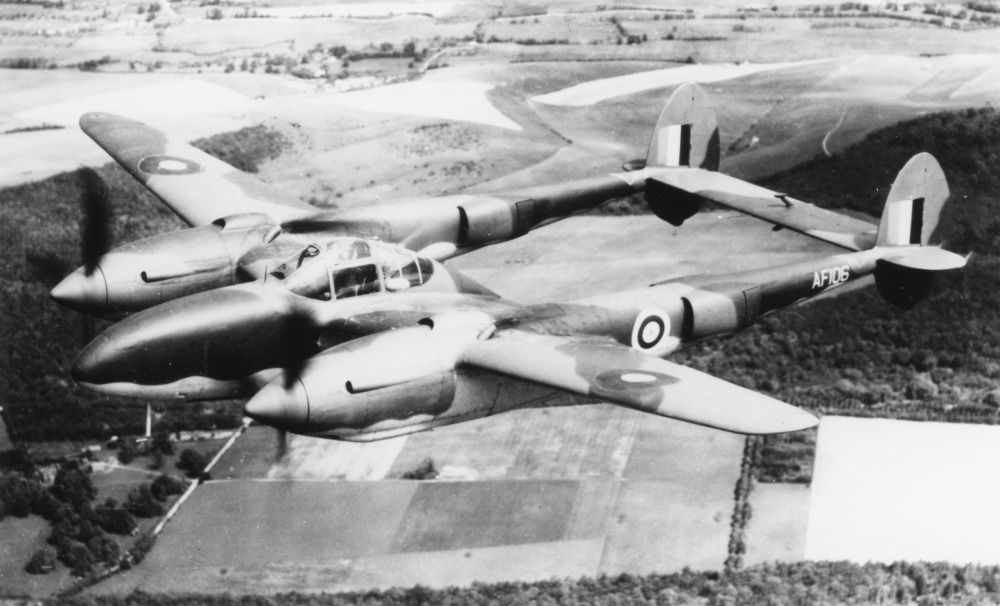
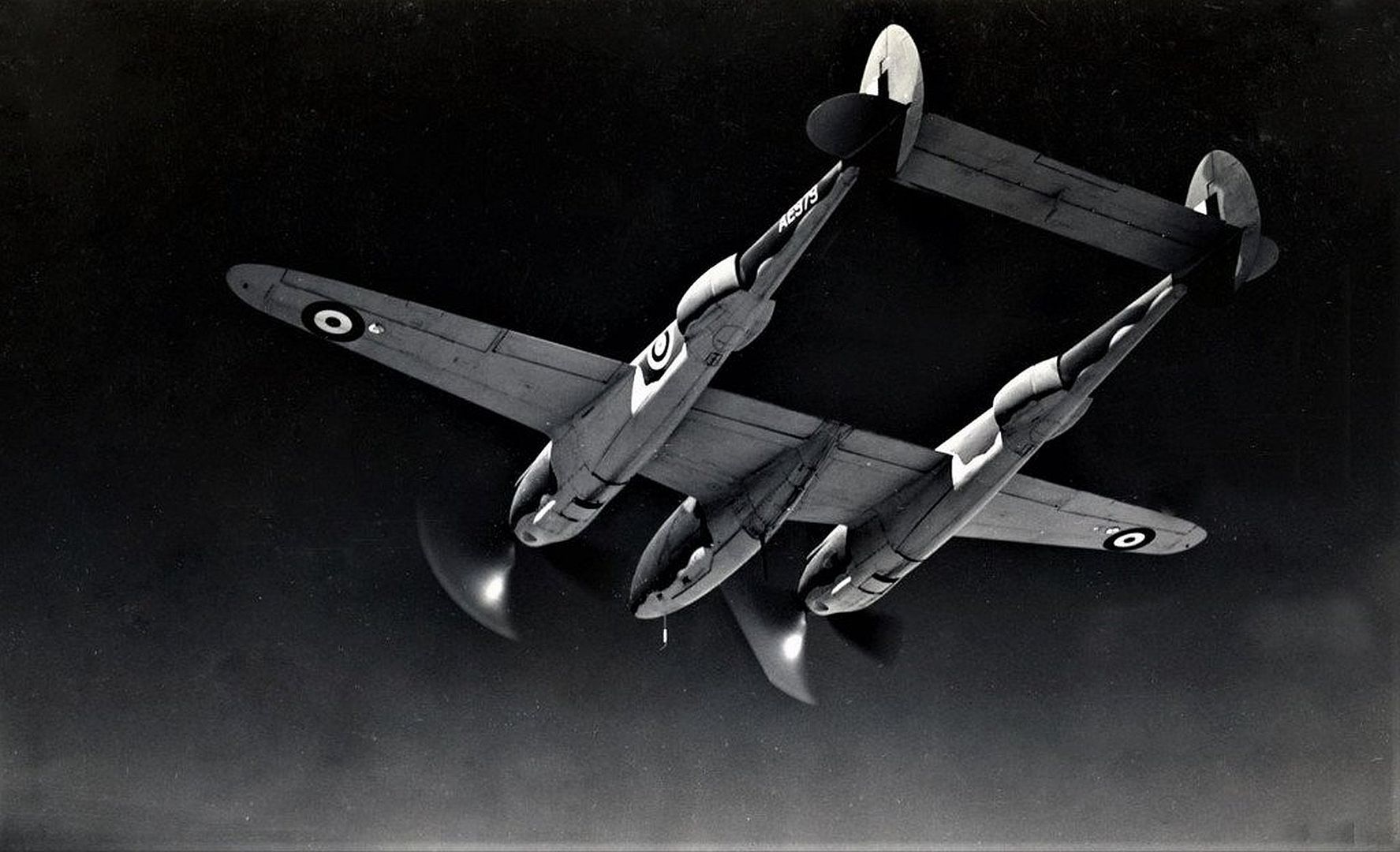
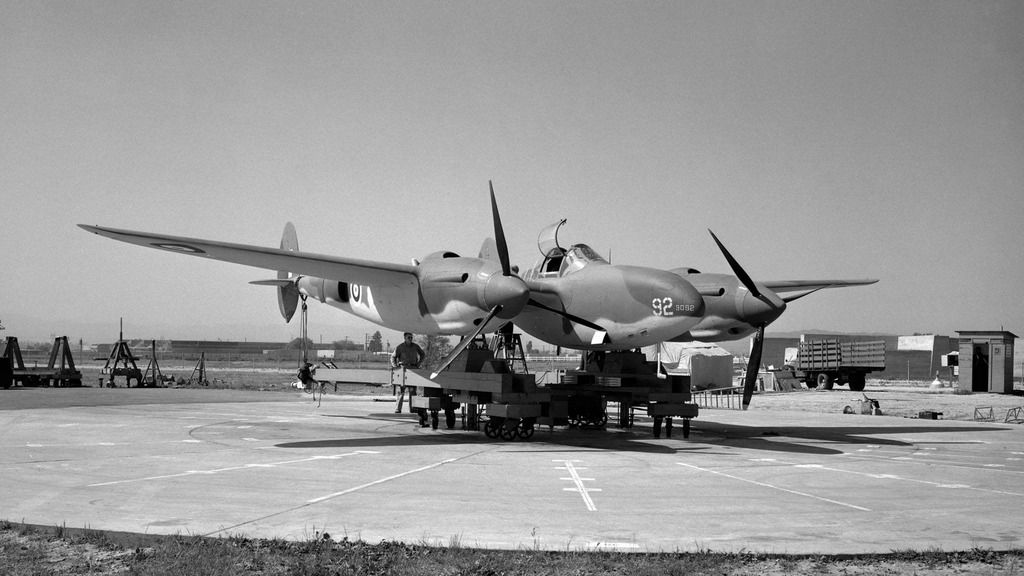
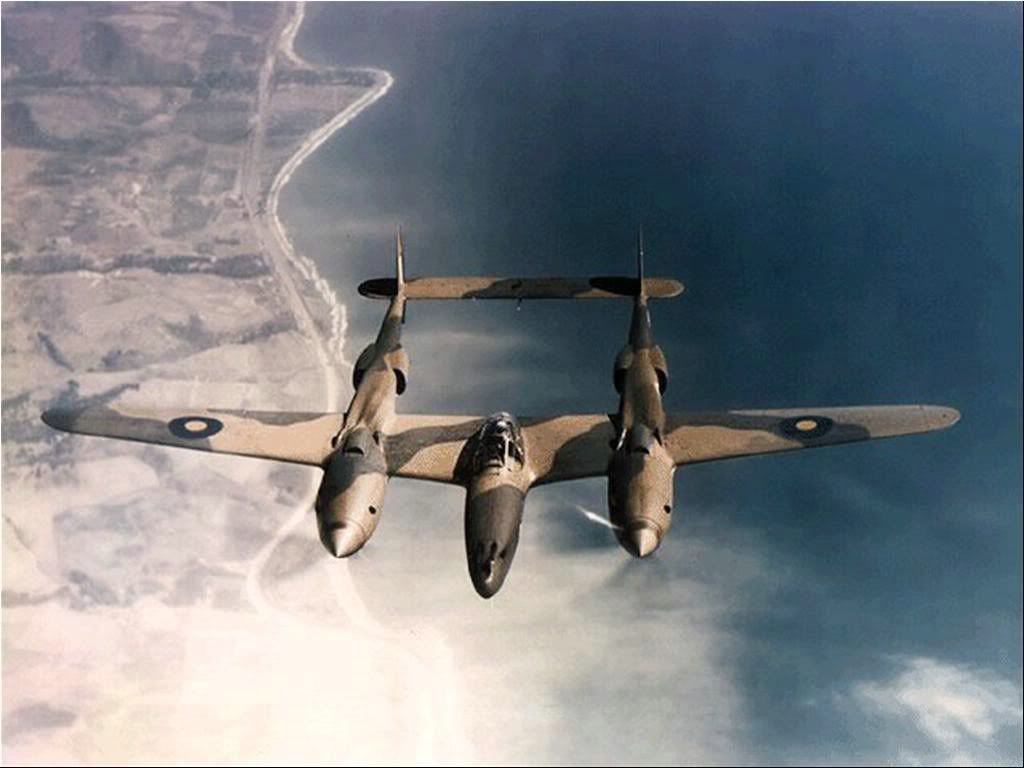
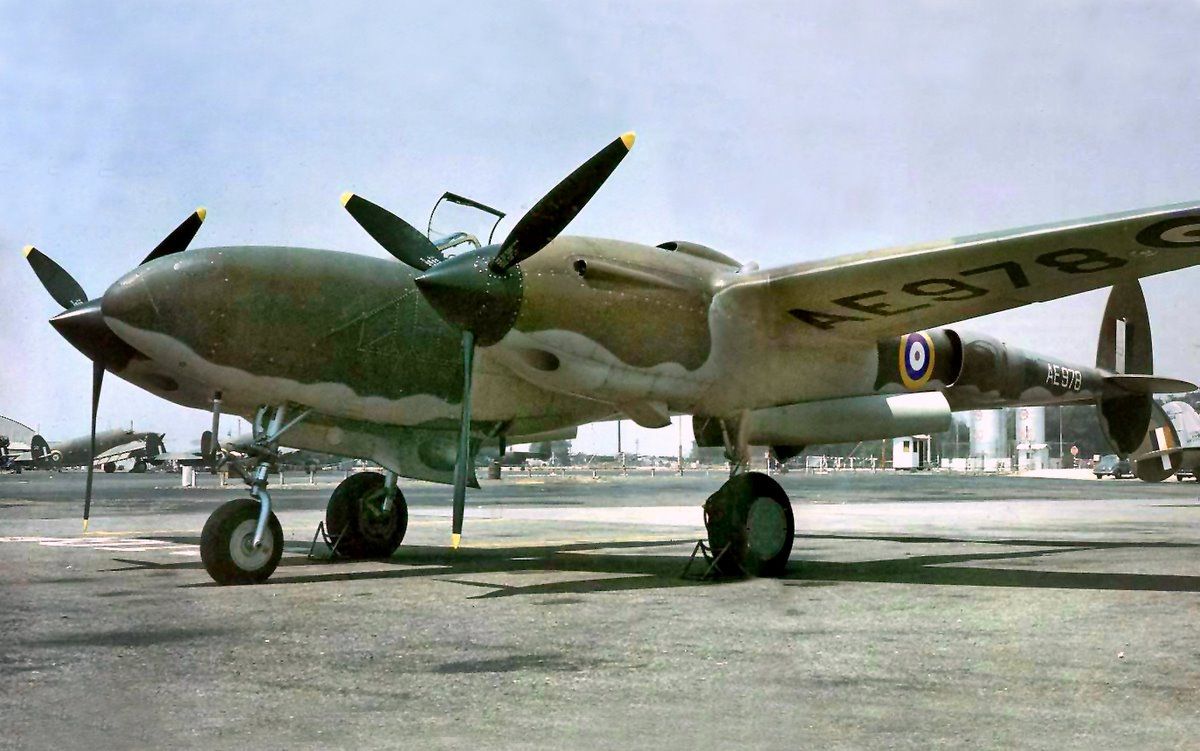
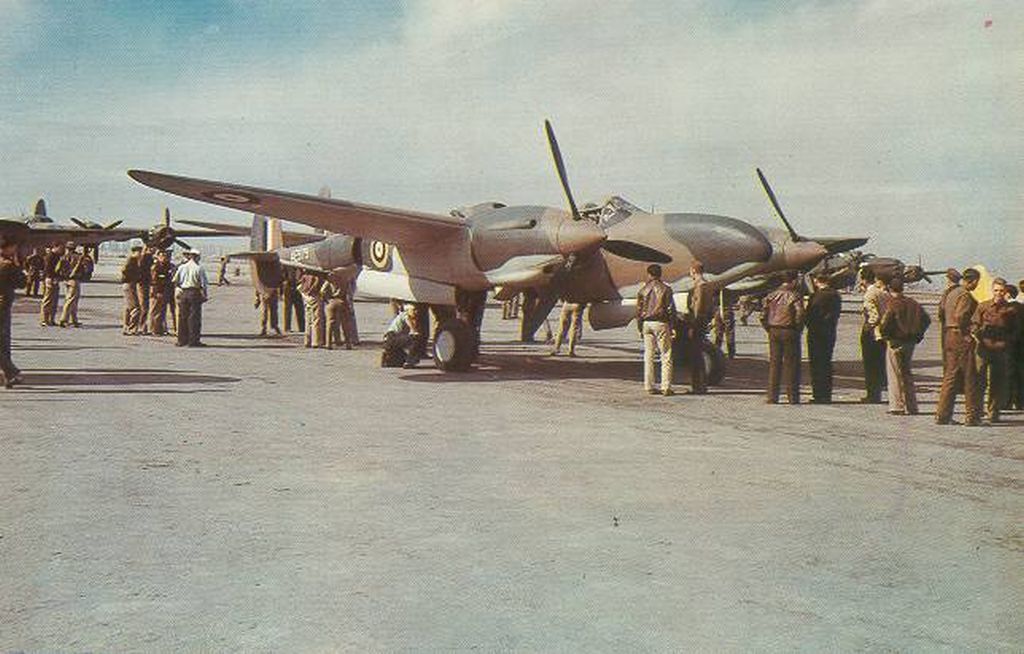
Regards Duggy.
Post a reply
- Go to Previous topic
- Go to Next topic
- Go to Welcome
- Go to Introduce Yourself
- Go to General Discussion
- Go to Screenshots, Images and Videos
- Go to Off topic
- Go to Works in Progress
- Go to Skinning Tips / Tutorials
- Go to Skin Requests
- Go to IJAAF Library
- Go to Luftwaffe Library
- Go to RAF Library
- Go to USAAF / USN Library
- Go to Misc Library
- Go to The Ops Room
- Go to Made in Germany
- Go to Campaigns and Missions
- Go to Works in Progress
- Go to Juri's Air-Raid Shelter
- Go to Campaigns and Missions
- Go to Works in Progress
- Go to Skinpacks
- Go to External Projects Discussion
- Go to Books & Resources
